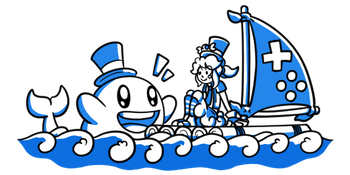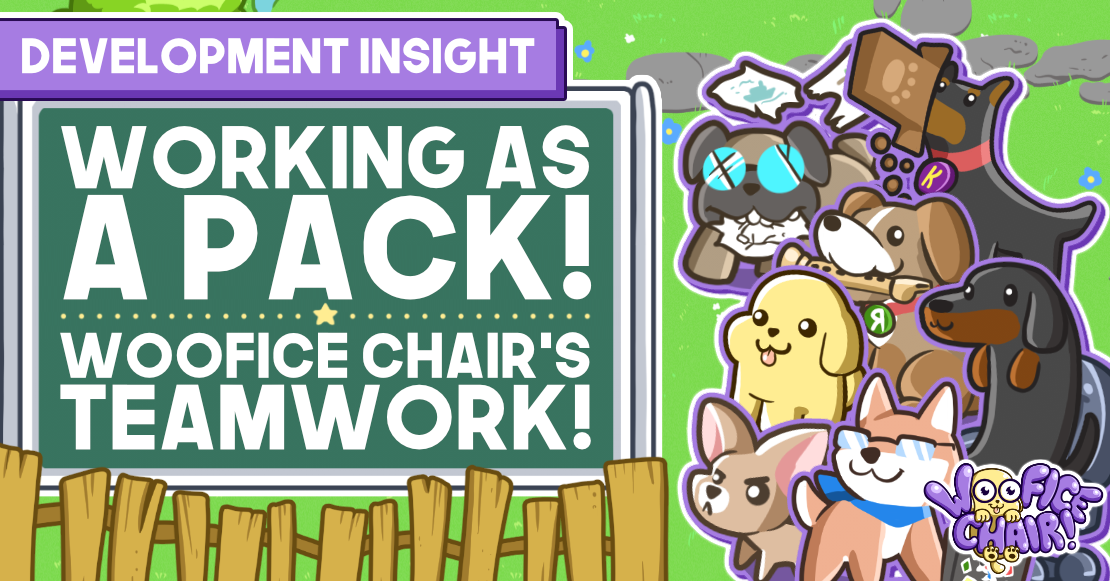
Welcome to my pep talk, fellow jammers. I’m Moski, Whales And Games’ lead artist and I made the artwork for our team’s park protecting game Woofice Chair!
For this Ludum Dare, we assembled a team of four. Two programmers, from Portugal and Brazil, an audio composer currently in the UK, and me, the graphics artist, from Mexico. For three days, we poured our hearts, soul and sweat into making what started as an inside joke about dogs and office chairs into an actual game. That meant, for me, three days of constant work and arm pressure!
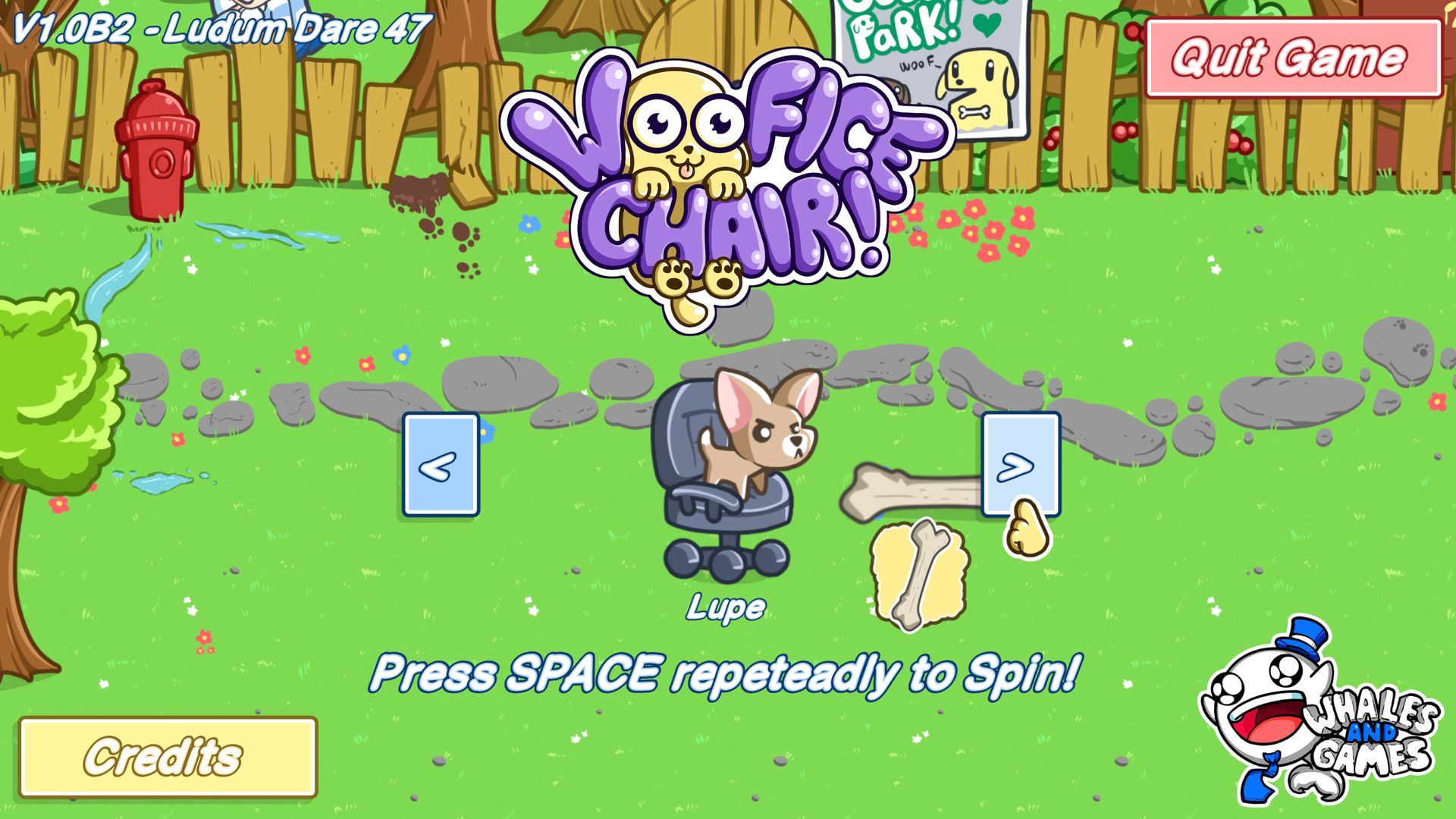
But I’ve got a confession to make regarding how I made art for the game. I did not touch the game until a day after it was finished and submitted. Yet, I worked with the team fluidly, like a well oiled and battle-tested machine. This comes as a result of a long time of mutual understanding, following certain guidelines and experience.
I want to make this quick, simple and digestible, so let’s quickly go through some things that have helped my team iterate and implement things fast enough. Whatever your role is in the team, this may be of use to you, and it can help pack and polish as much as possible during a jam!
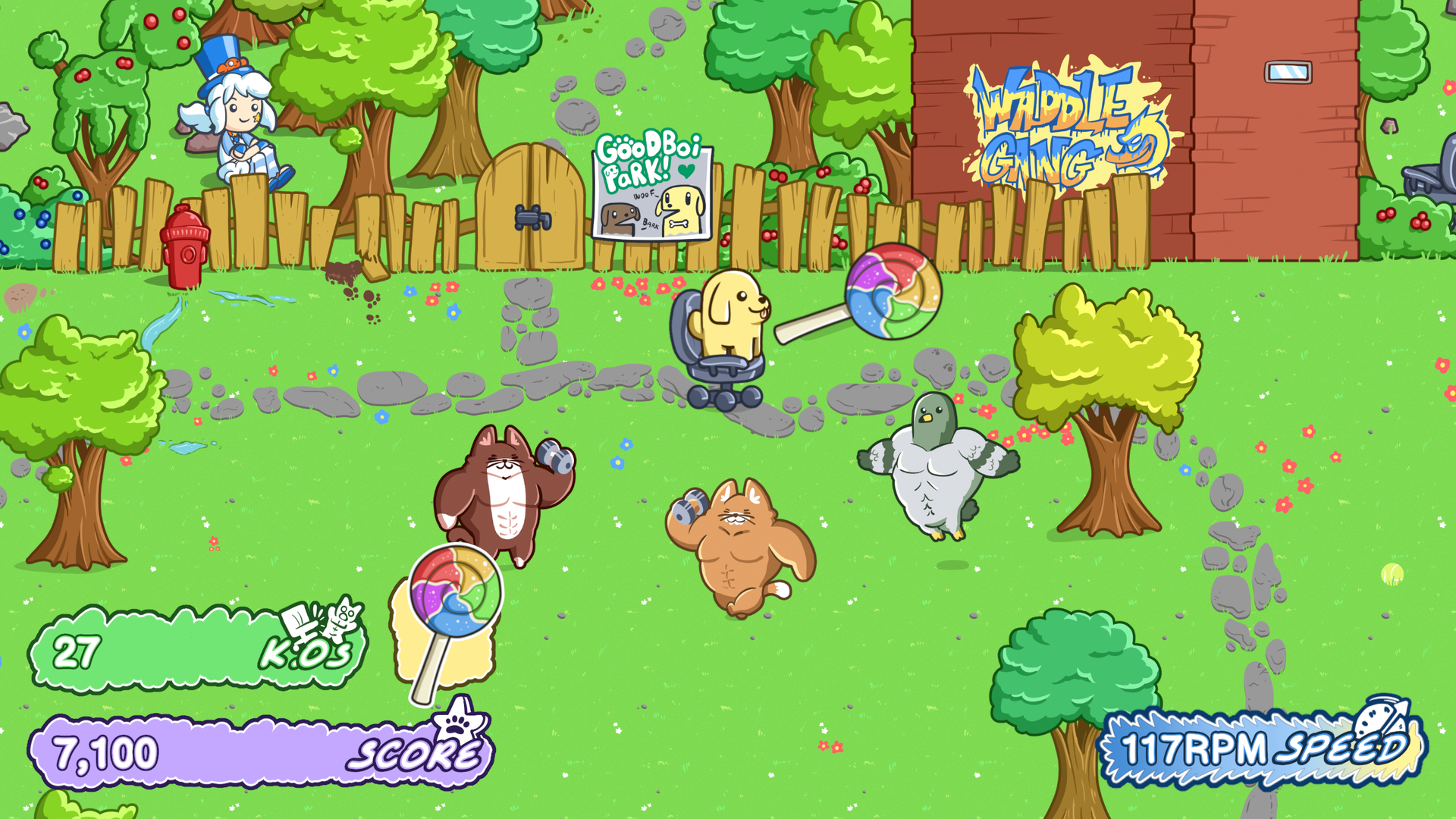
Teamwork boils down to Communication! 💬
If you’re in a team, you need active communication between each other. It may sound obvious, but you may want to take a moment to think if you’re in the same channel as your teammates! Talk about when to cooperate and when to coordinate!
Our team is all over the world and are busy or sleeping at different times, meaning we need to know what everyone needs from each other as early as possible. Sure, you’ll talk about what the game will be about during the first hours, but the artist’s interpretation of the assets can be very different from the programmer’s plans.
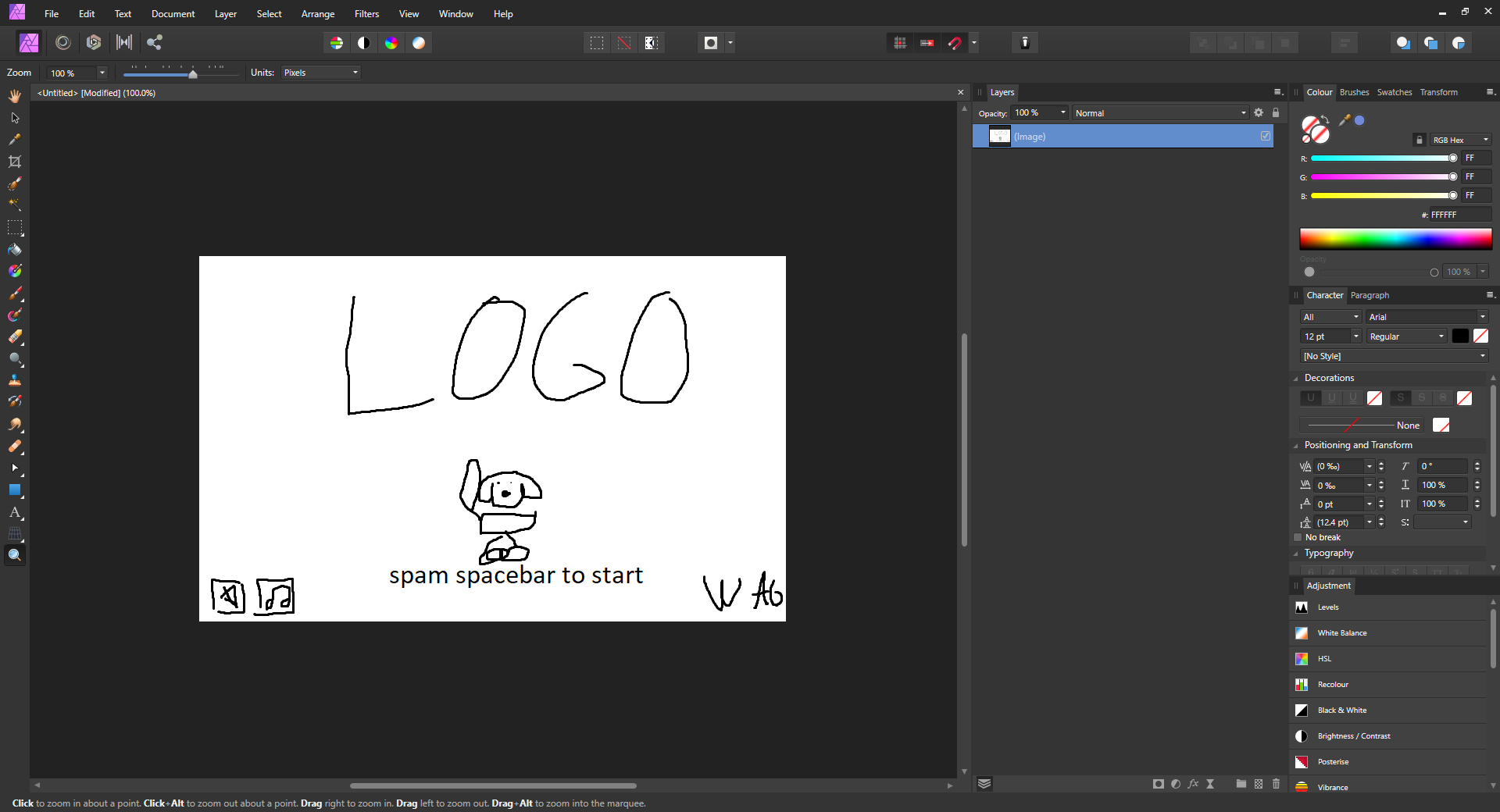
It’s important, then, to only start actually working in the production of the game when there’s a proper agreement of what’s actually being done. Otherwise, you can spend a lot of time making assets or concepts that won’t get used or don’t match the rest of the team’s vision.
Our team tends to make very quick ugly doodles to demonstrate what we’re brainstorming. This tends to include perspective, mock up of characters, gameplay screens, mechanics, and so on. These help immediately establish a vision across the team and which leads to my next point.
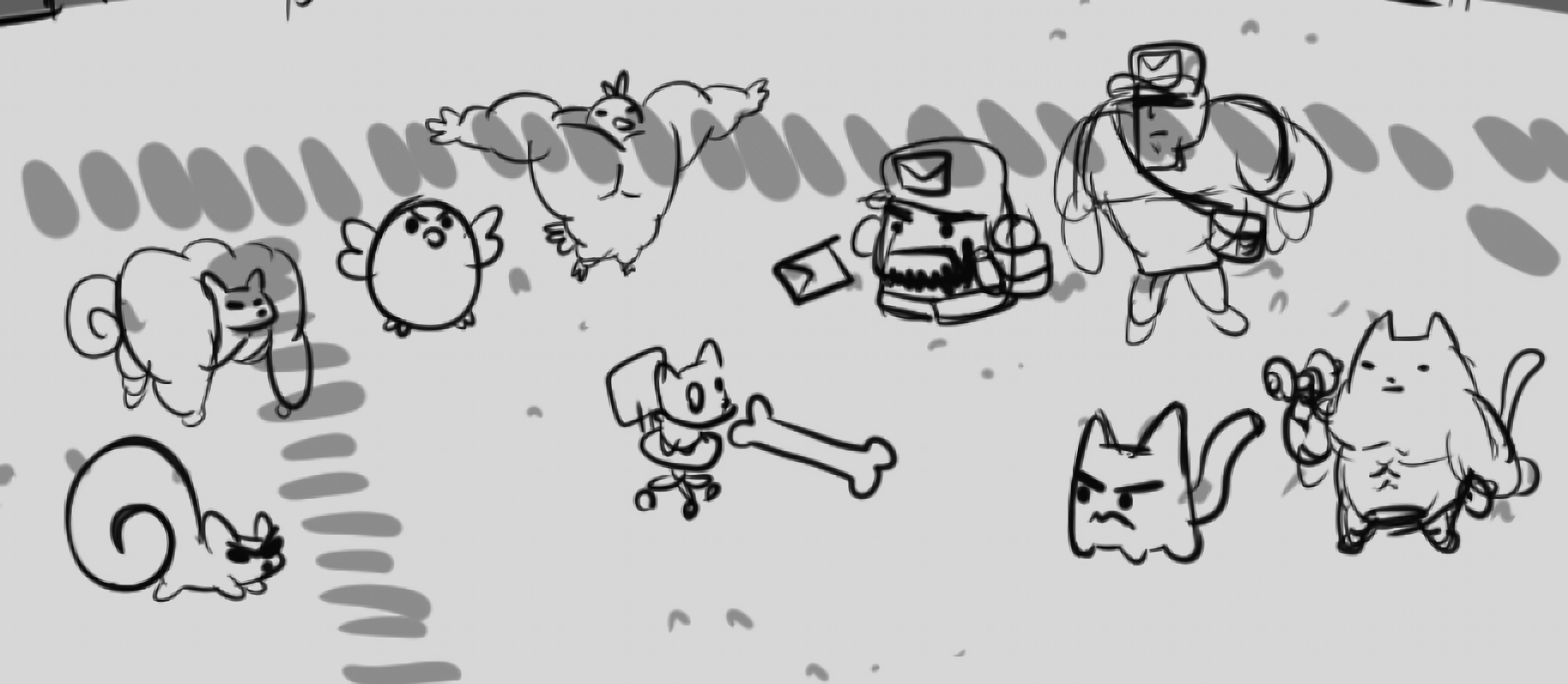
Total trust! Delegate and have faith! 🐕
Once everyone is on the same page, stay communicated, and share files around as they’re needed. In my role as the artist, my first assets tend to be placeholders for the bare minimum necessary that would allow the programmers to experiment with mechanics and playing area of the game. Simultaneously, they give me feedback on the things that are needed, like the resolution of the assets, the camera size of the area I’ll be drawing, and so on!
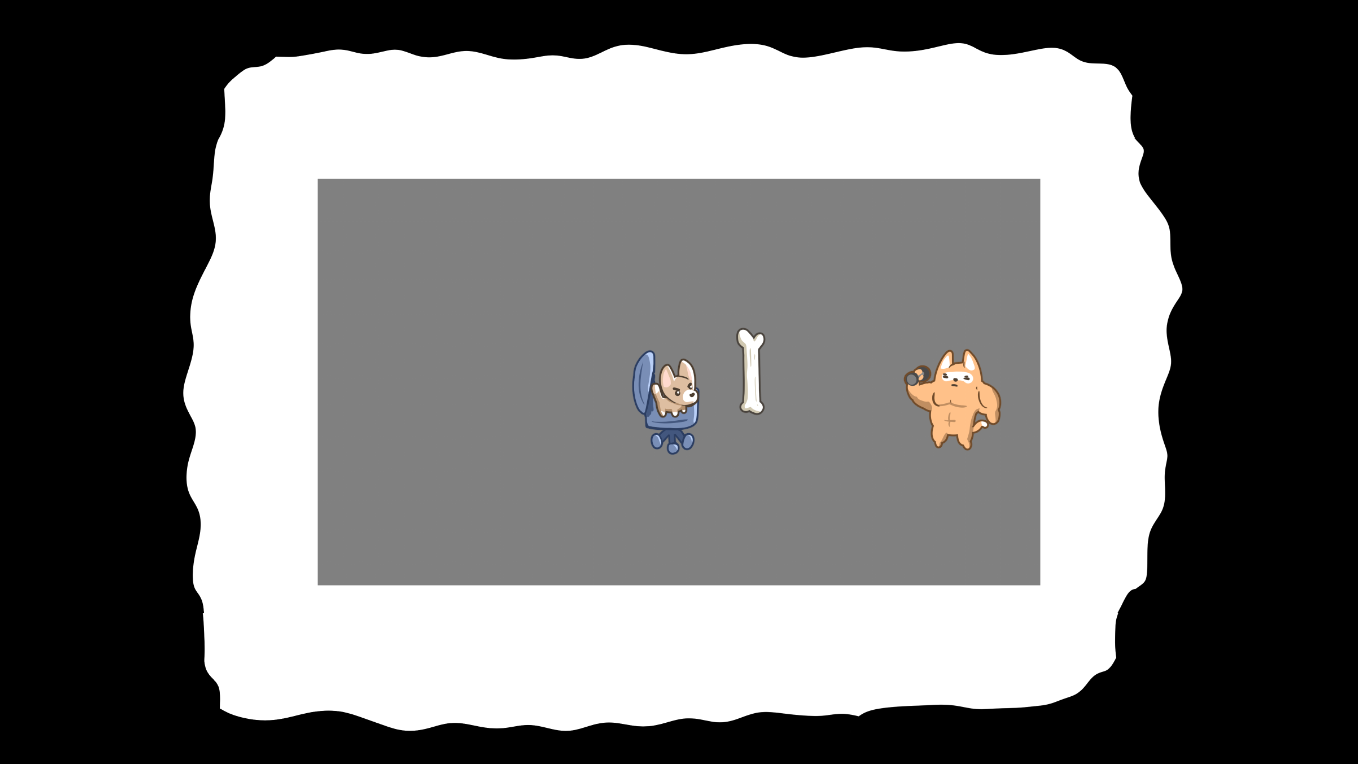
But when this inevitably happens and people need to go to work or bed, those that are still available should still have the tools necessary to continue working. Once we had the basic assets, I had the opportunity to work on more dogs, more weapons, more enemies, make changes to the map and even make some UI with little to no input from the other members. Since drawing was my sole role, it meant three days of doing just that.
However, remember that you’re working with a team. Mind other people’s needs and skills, and adjust accordingly. Preferably, make some rules and protocols!
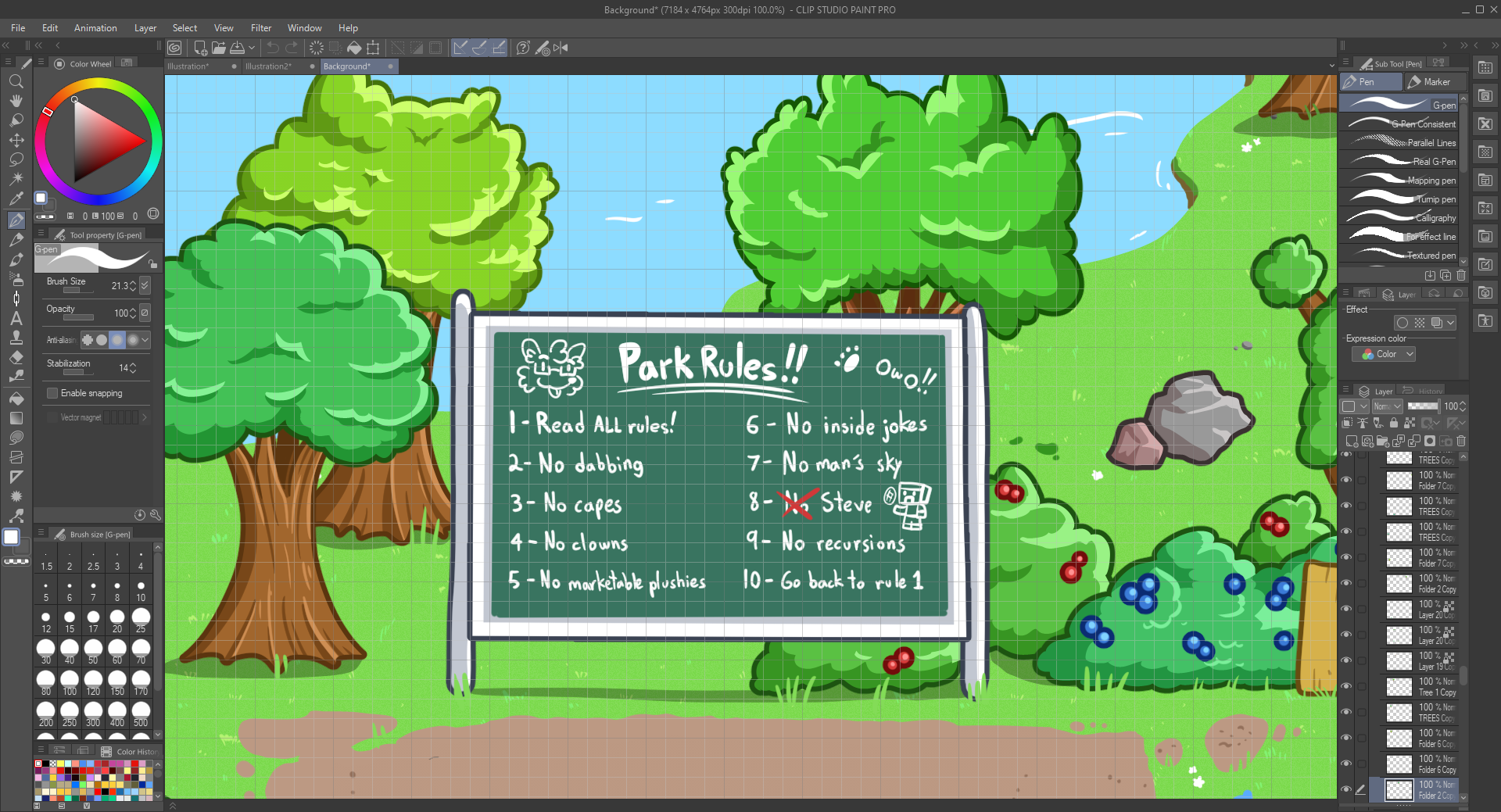
Some mild organization goes a long way in teamwork! 🗃️
There’s really very little time to work with during a Ludum Dare. You should use the opportunity to develop your skills and learn methodologies! With some agreements about file names, adjusting assets to constant sizes and organization, you can save on time that would otherwise be used in tweaking, fixing and finding files!
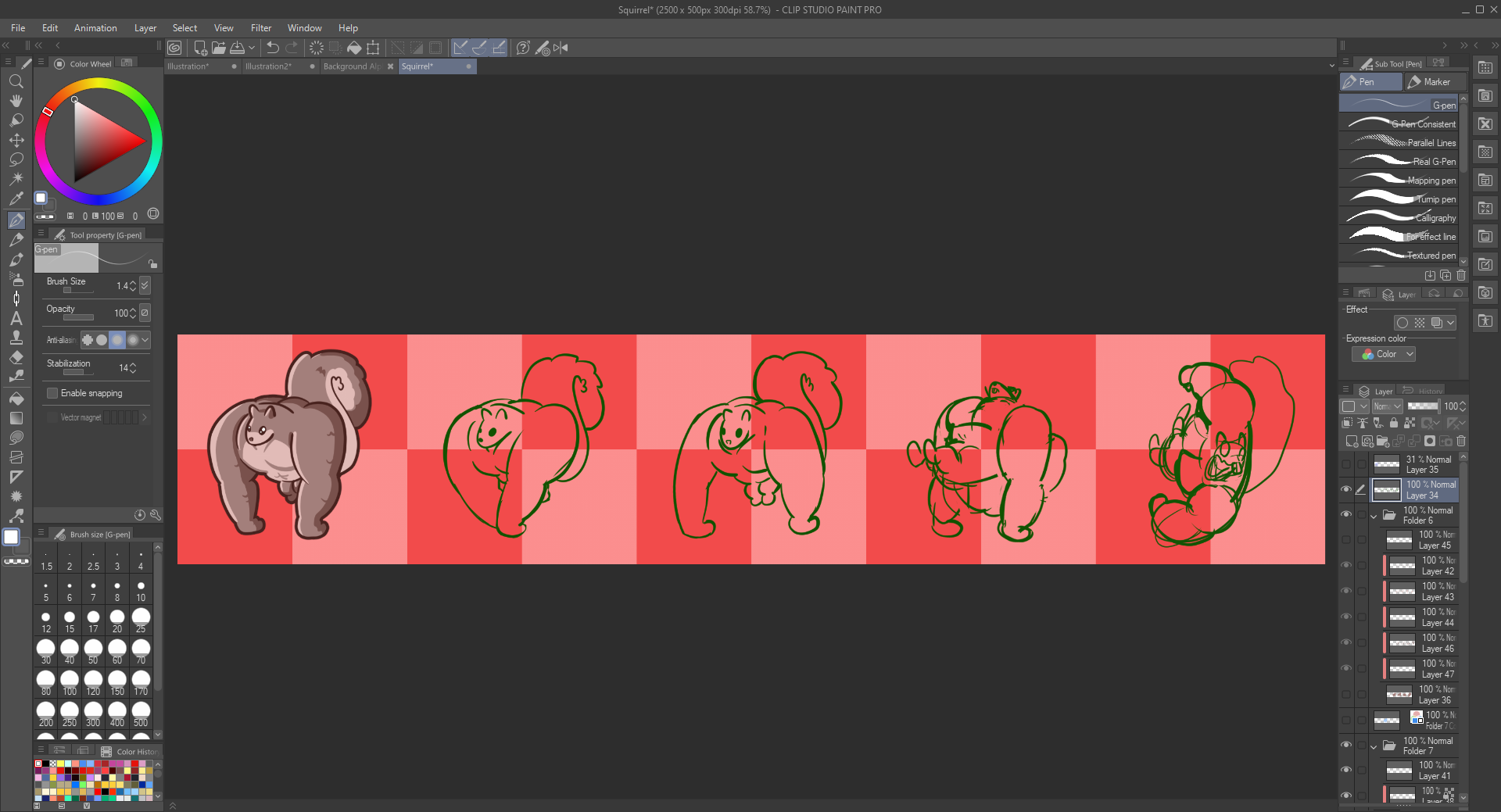
Our team was able to easily add the assets into the game and tweak them without issues because of our consistency and methodologies. Most files were properly named, organized and sent in batches. All the sprite sheets of the same category had the same size for the panels and canvas. We knew what UI assets we’d need since we’ve done this before. We’ve found out that we can do a lot more when we have basic discipline.
This discipline is learned with time and practice! As you participate in more jams, you’ll find better ways to organize your archives, make folders, share them with your group, and adapt to whichever project is pursued. Talk constantly with your team, learn what works and what doesn’t, and you’ll soon find out that you’re doing plenty of the tasks without even thinking about them!
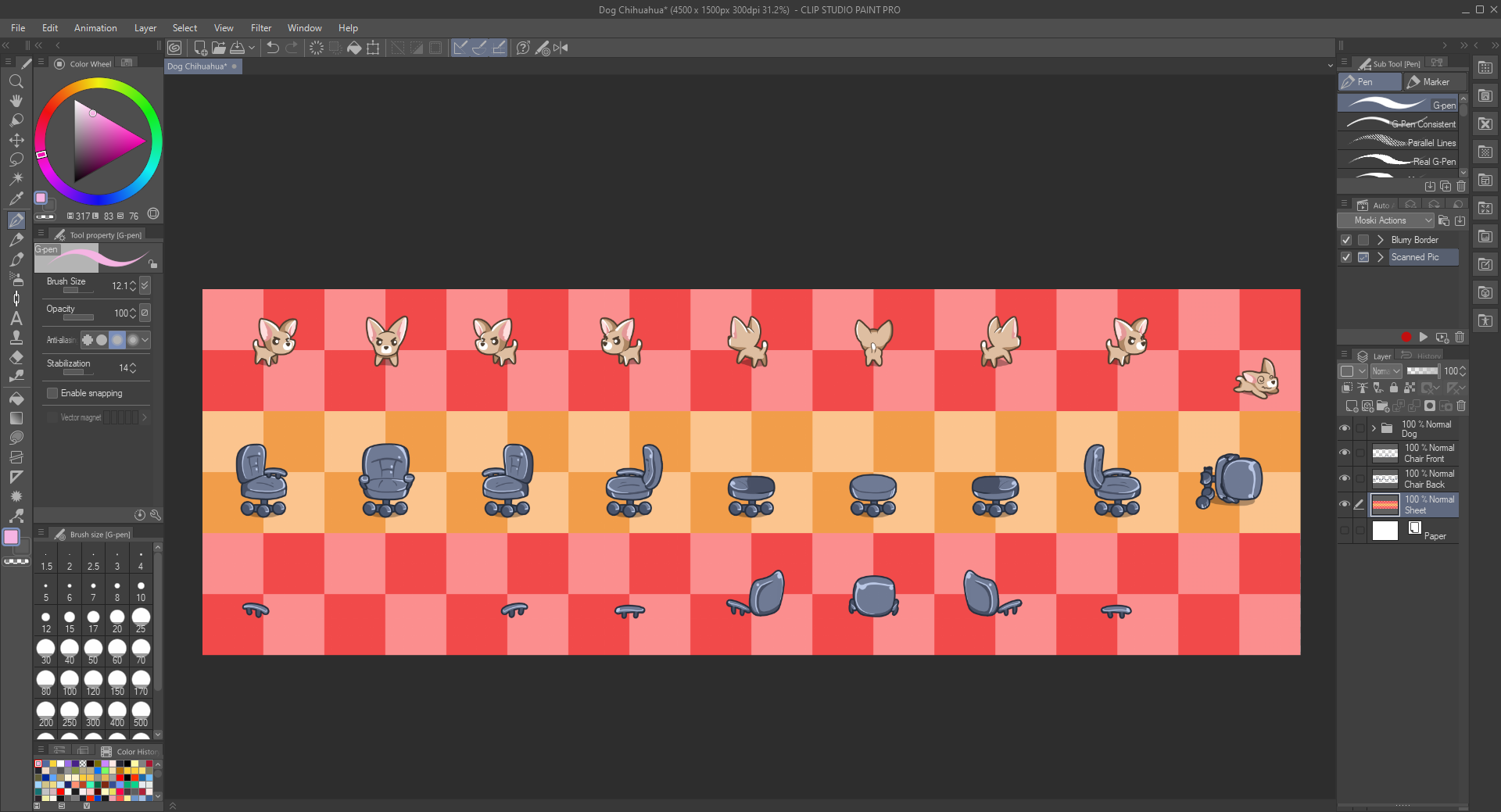
Working multiple times with the same team has its merits! 👷♂️
There are merits to learning to adapt to different teams. Experimenting is always a good thing! But knowing the people you’re working with is also a fantastic experience and can go long ways! This goes beyond getting along, having fun or synergy. Actually knowing how others work already helps a lot with avoiding common team-struggles, and helps push the project even further.

For example, I know what my team is looking for when they need animations, or when they need particles, elements for UI, the project resolution, and many more. In the same vein, they know the kind of assets I can make, how I can deliver them, how to ask me for tweaks in small mistakes and the like. I didn’t need to play the game to see if my assets would work because I know what to send them to experiment with. In bigger projects, I may need to have a direct input on how things are being used, but on jam games, this connection with the team works great!
But one may think, a bigger team should be able to make a bigger project, right? Well, not necessarily.
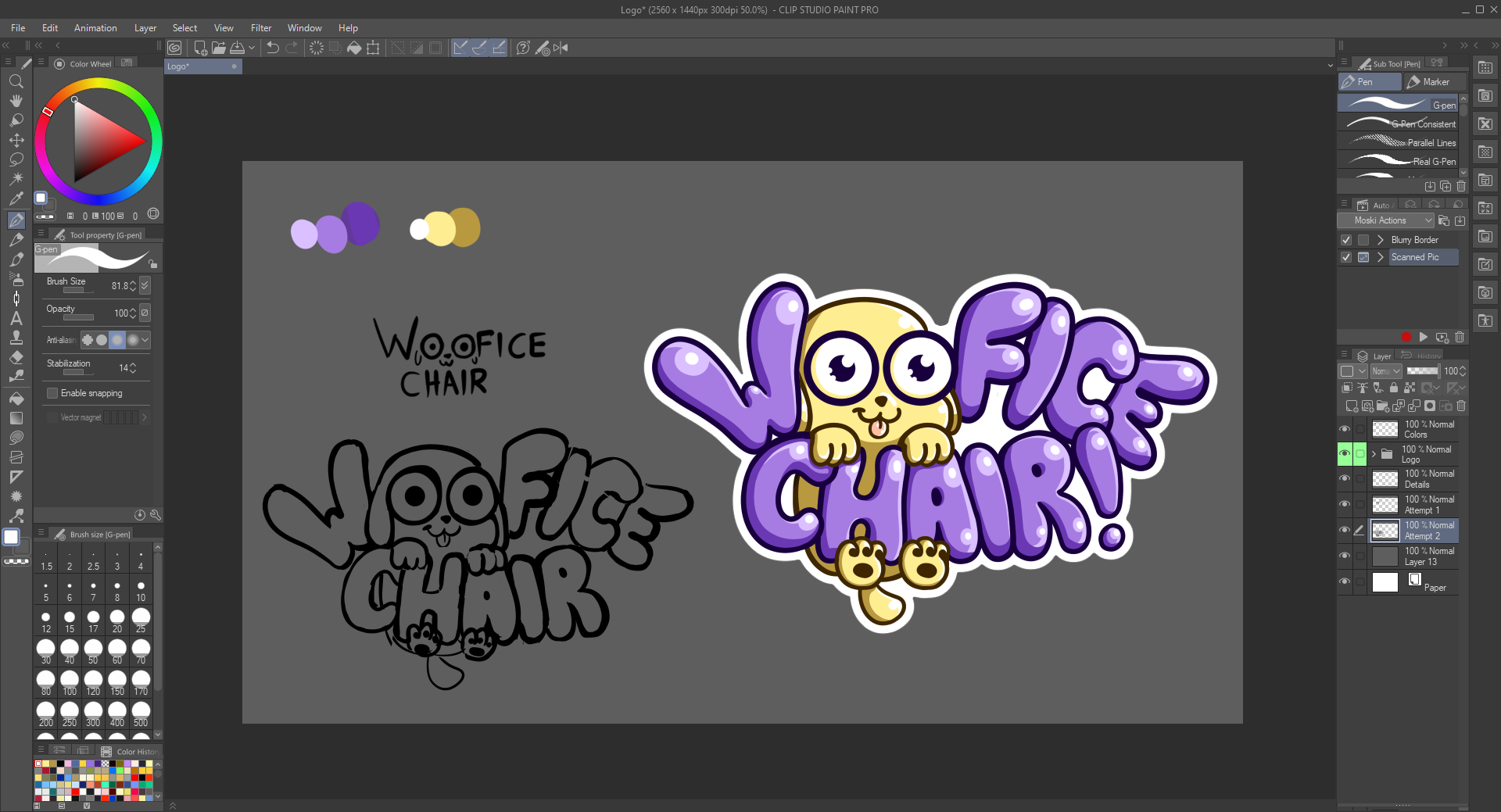
Too-many-cooks syndrome! 🍳
Our team of four has done wonders. I’ve even experimented with another short team at one point and had a great time! But the one time I joined a larger team, things didn’t go so well.
Communication is very important in teamwork, but it’s more difficult to manage on larger teams! I thought that a big number of programmers with plenty of artists would result in a lot of artwork being made and implemented. However, there were clashing styles, mixed ideas and people went missing for long periods.
I’d recommend being practical and sticking to a smaller team for jam games! While a big group can make a lot more content independently, when put together, there can be a lot of miscommunication, overlapping and it becomes harder to control scope. To some, working with bigger teams may be fantastic, but I would suggest sticking to smaller ones for your first few jams!
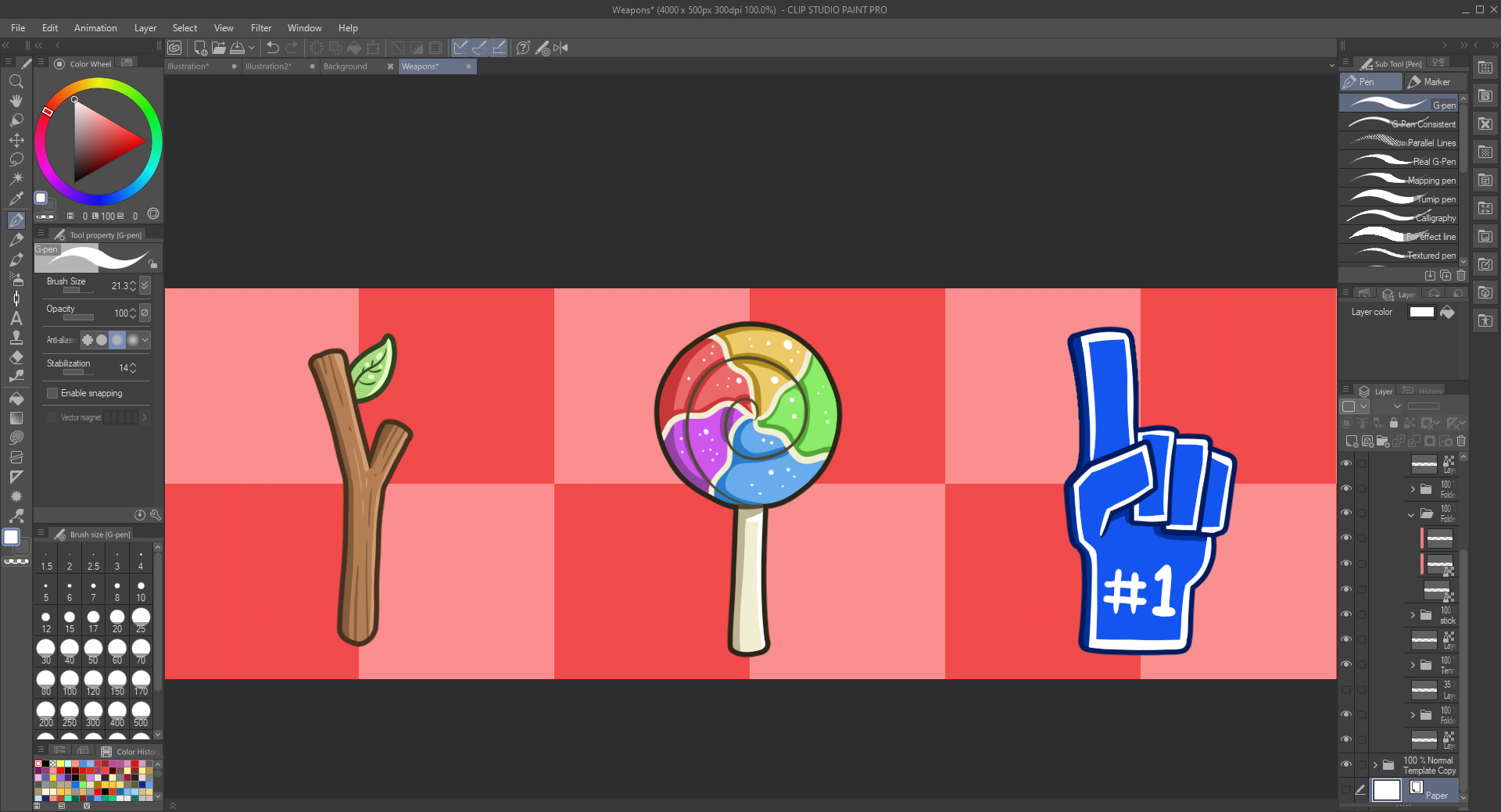
Wrapping this post up! 💪
This was likely the jam where I had the best balance of quality and quantity of assets, and it was only possible because of fantastic teamwork, mild organization and methodologies!
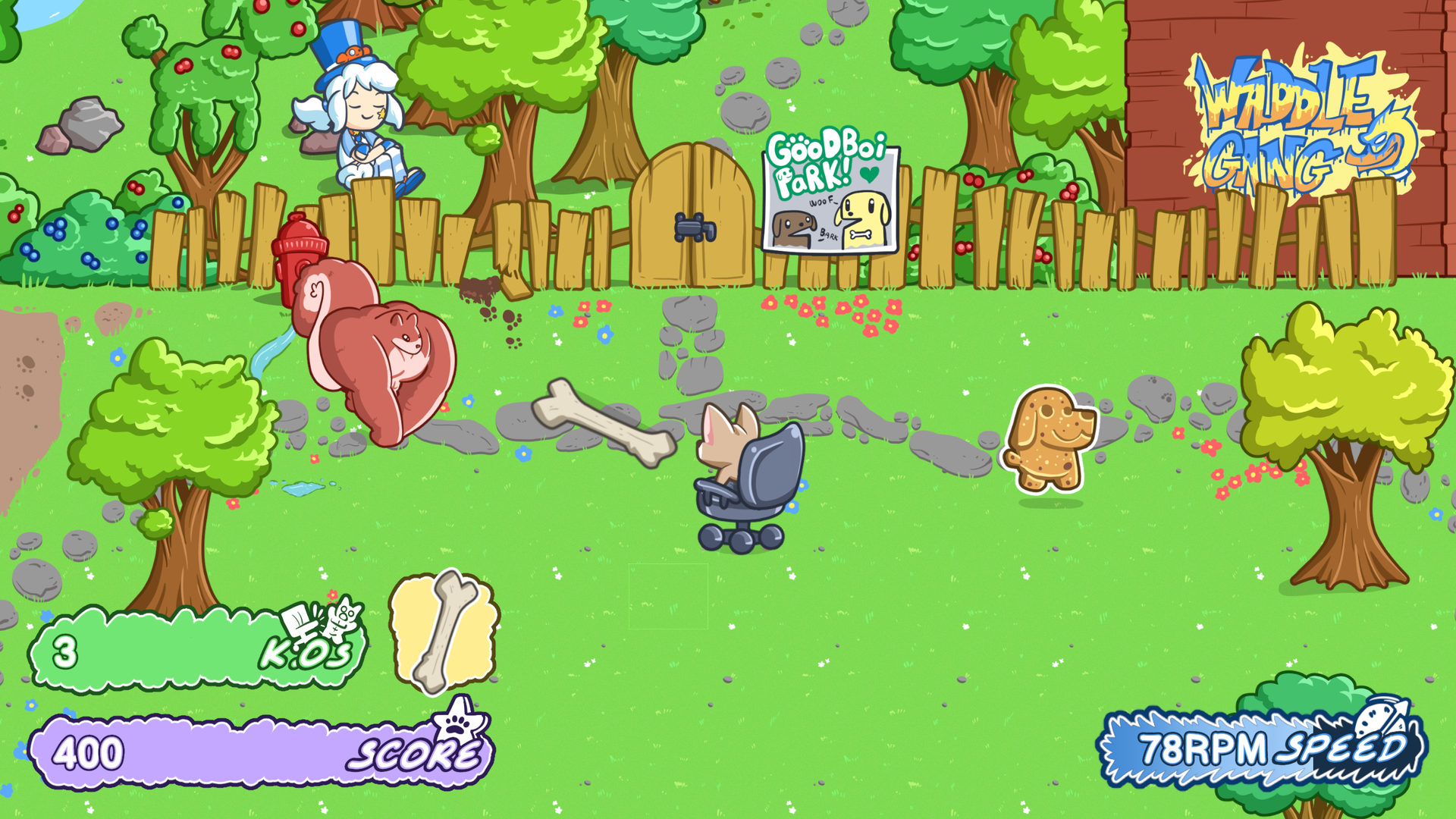
I believe that these things I’ve mentioned before can do wonders to you regardless of your role in the team. Not everyone needs to be doing everything and constantly supervising at all times. There may be moments when “all hands-on deck” may be necessary, but constantly needing everyone’s input will reduce everyone’s independence!
While this post was more about team experience rather than my usual actual art insight, I’ve posted in the past about artwork design before! Consider giving them a look!
Now that it’s all said and done, in behalf of my team, Whales And Games, I would like to invite you to hang out with us at our Discord server! Come share your game, your experiences, and maybe prepare for the spookiest time of the year! Cheers! 🐳


